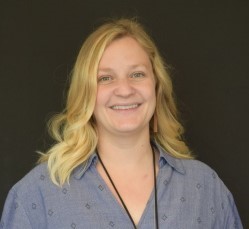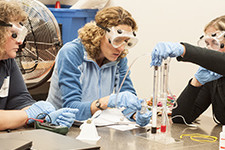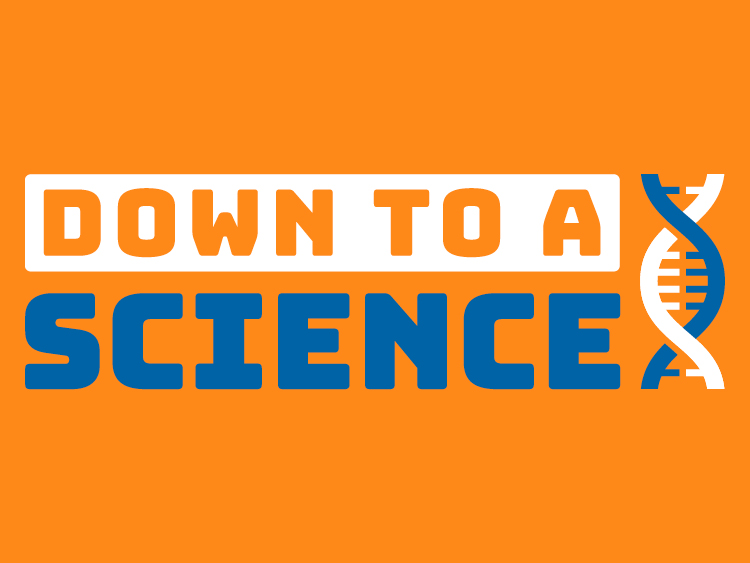Whoa, so it might have felt like you blinked and your first few days of “homeschooling” have already flown by. If you’re anything like me, you might stop to think for a moment and realize that you really did not have a great plan going into this. One minute our kids were in school, daycare, or maybe being watched by a friend or loved one. Next thing we know, we’re all working around the same table trying to keep a balance between home and work/school time. If you are still in the dazed and dizzy stage, check out this blog for some starting out tips to begin putting a little order to things.
We are experiencing an unprecedented time in history and with that comes uncertainty, but it also brings on opportunity. If you are ready, we are hoping that we can help make that opportunity a little more manageable by providing you with some helpful insights into how to teach your child science. Now I know what you are thinking, “SCIENCE?? I don’t remember science”! Don’t worry, we want to help you figure out how to share experiences with your child to help make sense of the world around us, a skill that we are realizing all too quickly is quite vital. Just remember, science is all around us!
Research has shown that students make sense of the world around us by asking questions and applying their discovered knowledge to a common experience, whether it be a video, picture, activity, observation. We call these phenomena. It is possible that you’ve heard of phenomena from your child’s school as they have helped parents to better understand the change in science curriculum over the past few years. Our goal is not to make you feel more overwhelmed by learning “teacher jargon”, but rather give you insight into what your kids might have been doing in the classroom. If not, don’t worry! Our goal is to show you how easy it can be to work their science lessons into your daily routines. For example, maybe every year your family takes a trip to the shoreline. Have you ever gone out in the morning for a walk on the beach, only to find the next day at the same time, you’re no longer able to walk there because the tide came in? Well, that’s a phenomenon! What is the water higher at some times and lower at others? That’s our goal. To help students learn science through the world around them.
So how can we help our kids learn science while they are at home? And how can we do so while still maintaining our everyday schedules? Well, to start, use resources that institutions, like the Connecticut Science Center, are putting out. For starters, take a look at some of the other posts on this blog. Our STEM educators have been working hard to compile new content for at-home science. Another great option is to look for live cameras of different locations around the world. Start small by encouraging your kids to watch the different cameras, then begin to ask them to engage with the feeds- What do they notice? What do they wonder? Here’s an example of how you might set up an observation sheet for your kids:
I notice…
(what are some of the things that you see happening, what relationships do you notice)
I wonder…
(What questions do you have about what you see? What don’t you understand? What do you want to know more about?)
Here are a few great resources for live cameras:
- Connecticut Science Center Facebook Page: Lunch Bunch LIVE Animal Encounters
- Connecticut Science Center Virtual Field Trips
- Explore.org provides a laundry list of live cameras all around the world. Try starting your morning by watching the Animals at an African Watering Hole! A fan of explore.org? Try checking out their educator page where they have lesson plans connected to their videos!
- The Monterey Bay Aquarium is also streaming live cams for the kids to watch. Check out the aviary, the otters, or even the open ocean!
- Are your kids more interested in locations and environments than animals? Take a look at the National Parks Service live cams, positioned all across the nation!
- Total “bird nerd” like me? Try your hand at the All About Birds camera!
The next step would be to engage your kids beyond notices and wonders. Try asking them questions such as these provided by NSTA that go along with the new science standards. Try asking a question from each of the categories. These questions are based on something called the crosscutting concepts, one of the three dimensions that make up the Next Generation Science Standards. Interested in doing more three-dimensional learning with your kids? Check out these simulations for middle school students! Another great resource is this set of virtual science education resources. Based on the Next Generation Science Standards and three-dimensional teaching, this set of activities is based on at-home phenomenon and provides pdfs as well as google slides to help kids learn at home. Totally confused as to what three-dimensional learning is? Check out our “Quick Start Guide” to using the NGSS.
While you’re still trying to find the balance between distance learning and figuring out how to do science in your classroom, you can always look at digital platforms such as Mystery Science, Generation Genius, or Jason Learning. Jason Learning is free for all Connecticut educators and provides full courses K-12. Each of these will need some tweaking to work for you and your students, as well as to fully incorporate the three dimensions, but it’s a great place to start!
While we all learn to navigate this new balance between keeping up to date with our past obligations as well as educating our young ones, it helps to look at the bright side. We are also being presented with the opportunity to slow down and experience more time together. Enjoy these moments where you can see how your kids learn and explore the world around them. Take a breath (hopefully together!) and give yourself a pat on the back. You’re doing great, and remember, we’re all just learning. Start small and make sure to look for our upcoming blog posts where we continue to cover information like this as well as explore three-dimensional learning and the Next Generation Science Standards further.
Stay connected! Be sure to subscribe to Down to a Science— The Official Blog of the Connecticut Science Center and follow us on social media.

Lindsey Sullivan is a Professional Learning Specialist at the Connecticut Science Center’s Mandell Academy for Teachers. Before joining the Mandell Academy, Lindsey was a high school science teacher. Currently, Lindsey supports educators as they make sense of NGSS through her facilitation of workshops offered by the Mandell Academy as well as providing coaching support in schools.

Becky Fahey is a Professional Development Specialist at the Connecticut Science Center’s Mandell Academy for Teachers. Previously, she has worked as a preK-3 educator in various public school districts in Eastern Connecticut where she designed and implemented inquiry based lessons in the classroom. Becky brings with her expertise in collaboration and inquiry based teaching and will apply these skills to help educators to deepen their understanding of NGSS and apply best practices to support their learners in the classroom.


